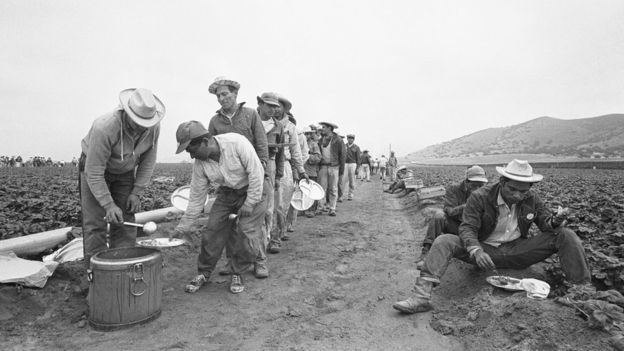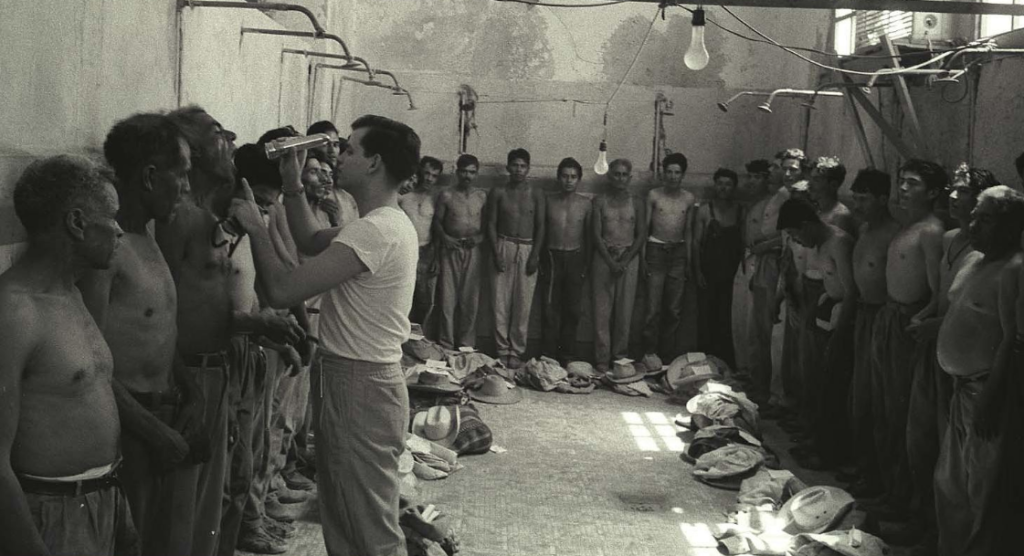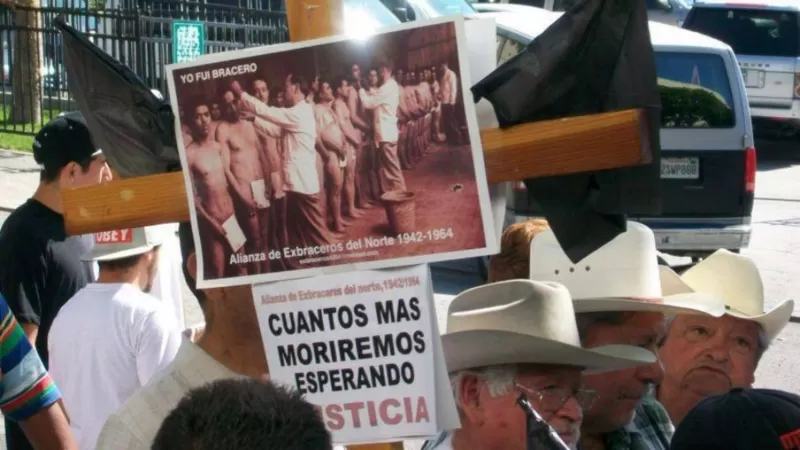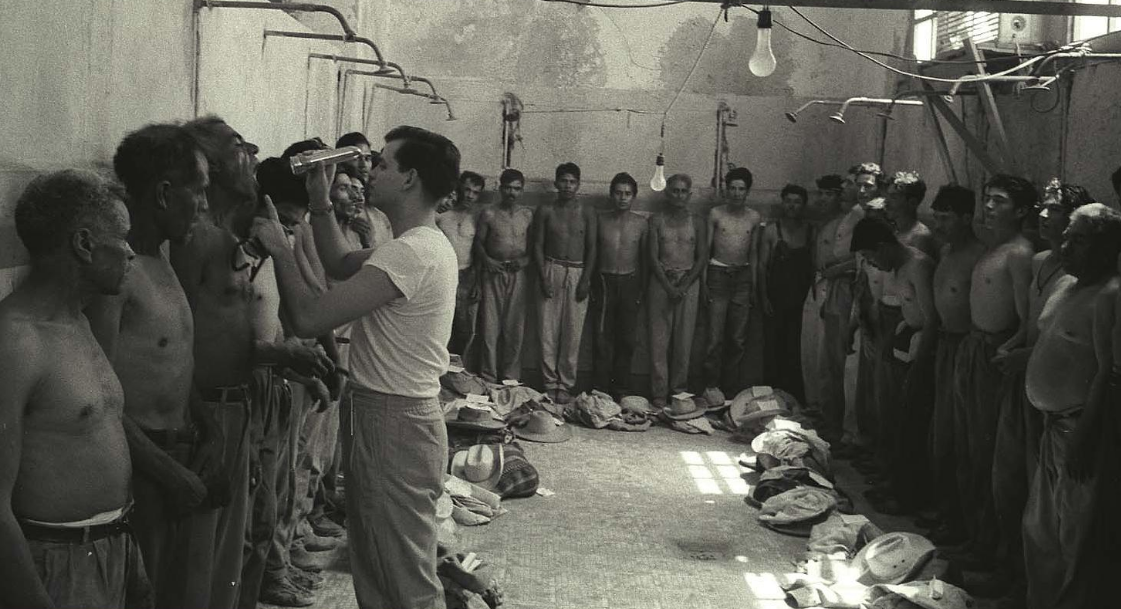Esta entrada también está disponible en: ES (Spanish)
Between 1942 and 1964, the Bracero Program operated to regulate the temporary work of Mexicans in the United States .
In the context of World War II, the United States had sent many men to the front, which generated a crisis in the labor markets, promoting the entry of women and the demand for migrants. Mexican hands were sought for the crops and maintenance of the railroad tracks.
Although the term “bracero” precedes the program, its name became popular. The bracero was that person who mainly worked hands on in agricultural work.
Through a binational contract, the entry of documented workers from rural areas of Mexico to the United States was regulated for 22 years.

Contracting centers were established in cities such as Mexicali, in Baja California, and Hermosillo and Empalme, in Sonora.
The dark side of the Bracero Program
More than 5 million Mexicans participated in the Bracero Program given the need to earn a better salary, however, the selection process was an odyssey that many did not survive.
Many of the applicants were not hired because they came in sick or got sick in situ. They could not accept them. The Mexican government did not cover any type of travel expenses until the applicants were admitted to the program.

“They no longer had anything to return to their lands, they walked the streets looking for something to eat. There were people who even died of hunger, of thirst. There was no one to do anything for them,” the latter explained by the BBC from the testimony of David Contreras, about his experience in Empalme in 1962.
Those who were accepted in Empalme had to pass one last filter in Mexicali where they were stripped naked to make denigrating medical evaluations. Farmers in the United States made the ultimate selection by squeezing muscles, assessing height, and opening their mouths. Finally they sprayed them with disinfectants and pesticides for fear that they would carry diseases.
Additionally, the participants of the Bracero Program were victims of breach of contracts, delay in payments, which, should be noted, were lower than that of US workers, discounts on travel expenses and work tools, and violence and discrimination by their contractors.
Historical debt with the braceros
In 2020, the debt of the Mexican government with former Mexican workers grew to more than 5 billion pesos (249,523,400 dollars), due to withheld payments that it received and never delivered to the workers.

The representative of the Binational Front of former Braceros, Eutilio González Díaz, pointed out that same year that the Social Support Fund for former Mexican Migrant Workers had only provided support to 200,000 braceros, when the record for the period of 1942-1946 that the Program lasted exceeds 5 million workers.
With the extinction of said Trust, the Mexican government published a manual last May to give continuity to the provision of support to its beneficiaries.
Sources: BBC, México desconocido, Memoria México, Infobae














